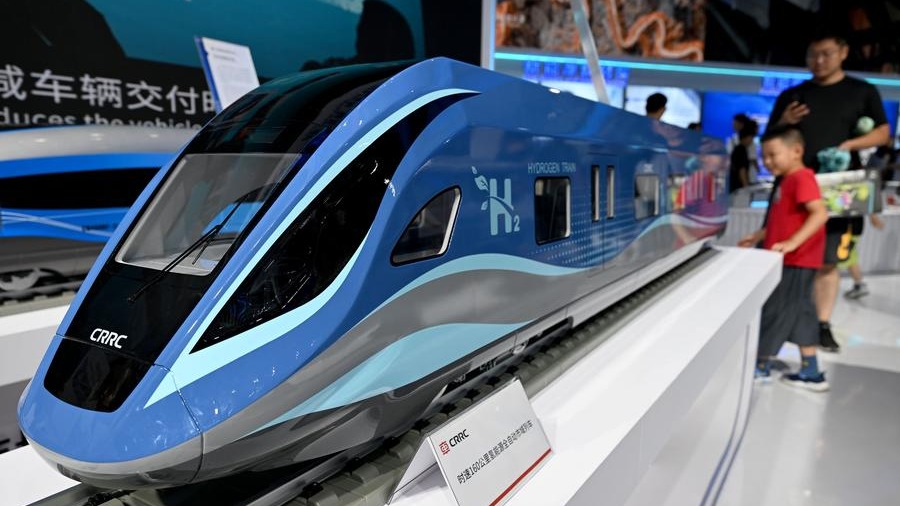China's Leadership in Renewable Hydrogen Production and Innovation
Key Ideas
- China leads in renewable hydrogen production, accounting for over 50% of global capacity, signaling a significant focus on sustainable energy solutions.
- Government initiatives include legal recognition of hydrogen energy, plans for hydrogen-fueled vehicles and fueling stations, and a vision for hydrogen to represent over 10% of China's energy consumption by 2050.
- Challenges such as economic viability and regulatory frameworks persist, but efforts are underway to address them through increased policy support, technological innovation, and standardization.
- Industry leaders like Sinopec highlight the infancy of the hydrogen industry, emphasizing opportunities for growth through innovation in production efficiency and cost reduction, as well as the importance of global cooperation in establishing comprehensive standards and regulations.
China has established itself as a frontrunner in renewable hydrogen production, with the country accounting for more than 50% of the global installed capacity in 2024. This leadership position was highlighted at the 2024 World Manufacturing Convention in Hefei, where a model of a fully automatic hydrogen-powered train was showcased. Deputy Director Bian Guangqi of the National Energy Administration emphasized China's commitment to high-quality development in the hydrogen industry and its significant contributions to global renewable hydrogen projects.
The government's proactive approach includes legal measures that place hydrogen energy on par with traditional sources, demonstrating a clear direction towards transforming the energy structure. Plans outlined by the National Development and Reform Commission and the NEA aim for 50,000 hydrogen-fueled vehicles and multiple fueling stations by 2025, with a projected surge in hydrogen demand to 60 million tons by 2050.
While China's progress in the hydrogen sector is commendable, challenges such as economic viability and regulatory gaps persist. To overcome these hurdles, the government plans to provide increased policy support, enhance technological innovation, and promote standardization within the industry. The goal is to advance the entire hydrogen value chain from production to utilization and to foster the integration of technology and industrial development.
Industry leaders like Ma Yongsheng of Sinopec echo the sentiment of growth potential in the hydrogen industry. Despite challenges like high production costs, there is optimism regarding innovation opportunities to drive efficiency improvements and cost reductions. Sinopec's efforts in expanding hydrogen infrastructure and promoting the adoption of hydrogen energy reflect a broader industry push towards sustainability.
The emphasis on international cooperation and the establishment of comprehensive standards and regulations underscore the importance of collaboration in ensuring the sustainable growth of the hydrogen sector. Through a combination of government support, industry innovation, and global partnership, China aims not only to maintain its leadership in renewable hydrogen but also to overcome barriers hindering the sector's full potential.
Topics
Projects
Renewable Energy
Energy Transition
International Cooperation
Industry Development
Technological Innovation
Policy Support
Latest News
